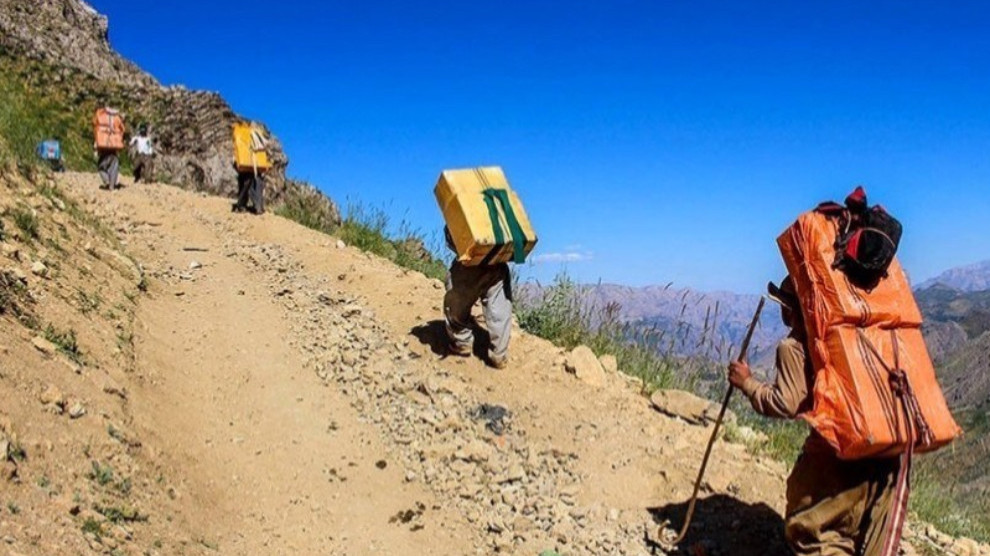Another kolbar killed by Iranian forces in East Kurdistan
Iranian forces continue their attacks against kolbars.
Iranian forces continue their attacks against kolbars.

Iranian regime forces carried out yet another attack on kolbars, load carriers for daily wage who earn a living at the border between Rojhilatê (Eastern) and Bashurê (Southern) Kurdistan.
Once again, the security forces of the Iranian regime have shot dead a Kurdish kolbar on the border with southern Kurdistan near the city of Shino. The regime troops opened fire on a group of kolbars and killed 32-year-old kolbar Mihemed Xemî Zade.
Iranian regime forces patrol the border as commando units and enjoy absolute impunity for their crimes. Their actions are even encouraged by the government.
Eastern Kurdistan has descended deeper into poverty through the years due to deliberate policies by the Iranian regime and stands out as one of the poorest regions in Iran. Compared to other regions, the area has seen significantly less investment and development has been deliberately curbed. Agriculture and industry weren’t allowed to develop, and as a result unemployment rose to highest in Iran.
Faced with policies of discrimination, oppression and impoverishment, carrying smuggled goods is not a choice but a must for survival.
Kolbar comes from the Kurdish words, “kol” (back) and “bar” (load). Kolbars make their living carrying loads along the perilous border line. Their loads include cigarettes, mobile phones, cloths, housewares, tea and seldomly alcohol. They walk through dangerous terrain to continue this trade between Southern and Eastern Kurdistan. The goods they bring are sold at high prices in Tehran, but the kolbars who risk their lives for them are paid very modestly.
The intermediaries who take the deliveries and find buyers in cities are called kasibkars.
Kolbars and kasibkars range from 13 to 70 years old. Some only finished elementary school, while others are university graduates. They carry loads, because they can’t find any other employment. In the last 5 yearss, some 300 kolbars and kasibkars were killed in cold blood. There are no absolute statistics available for the deaths.